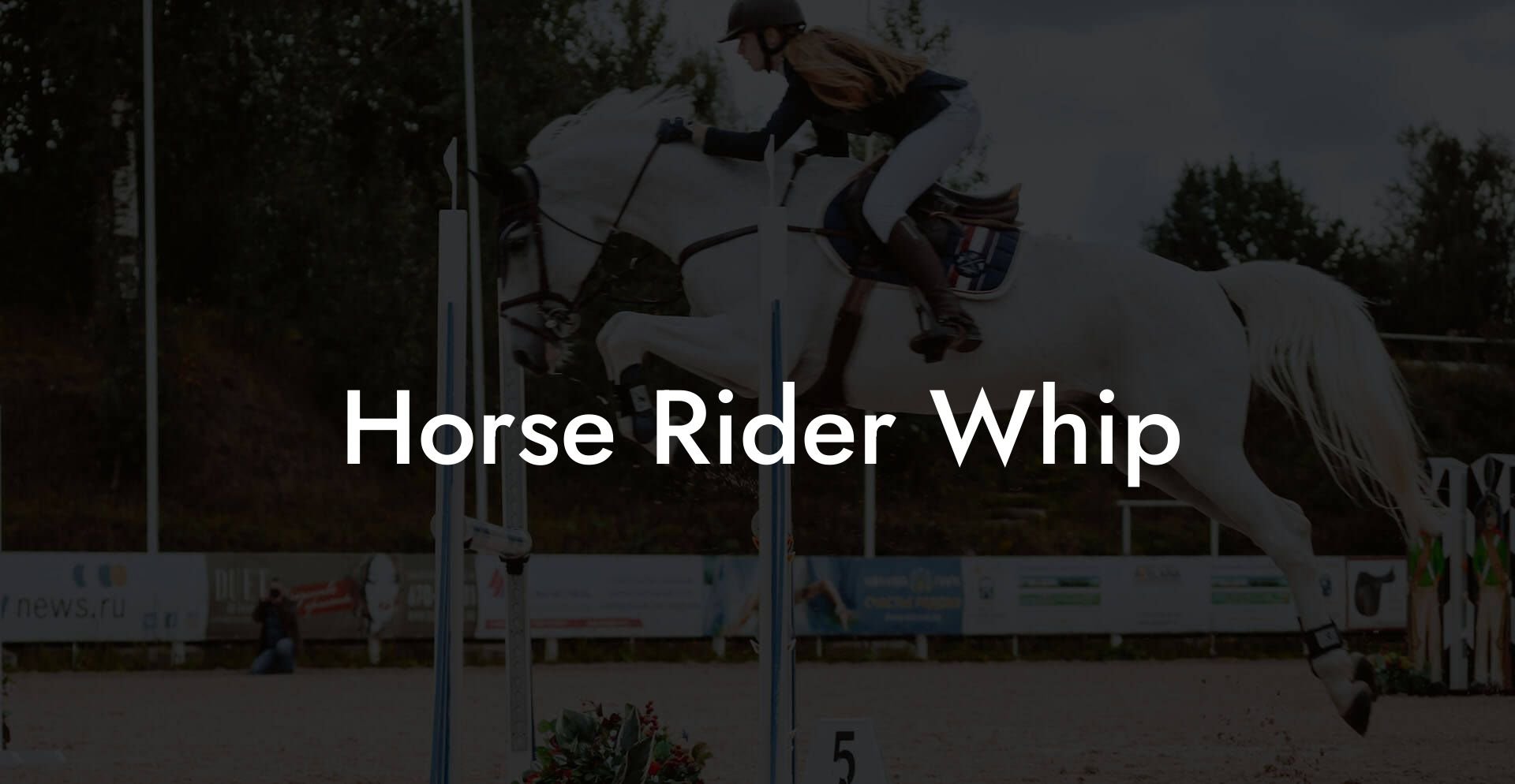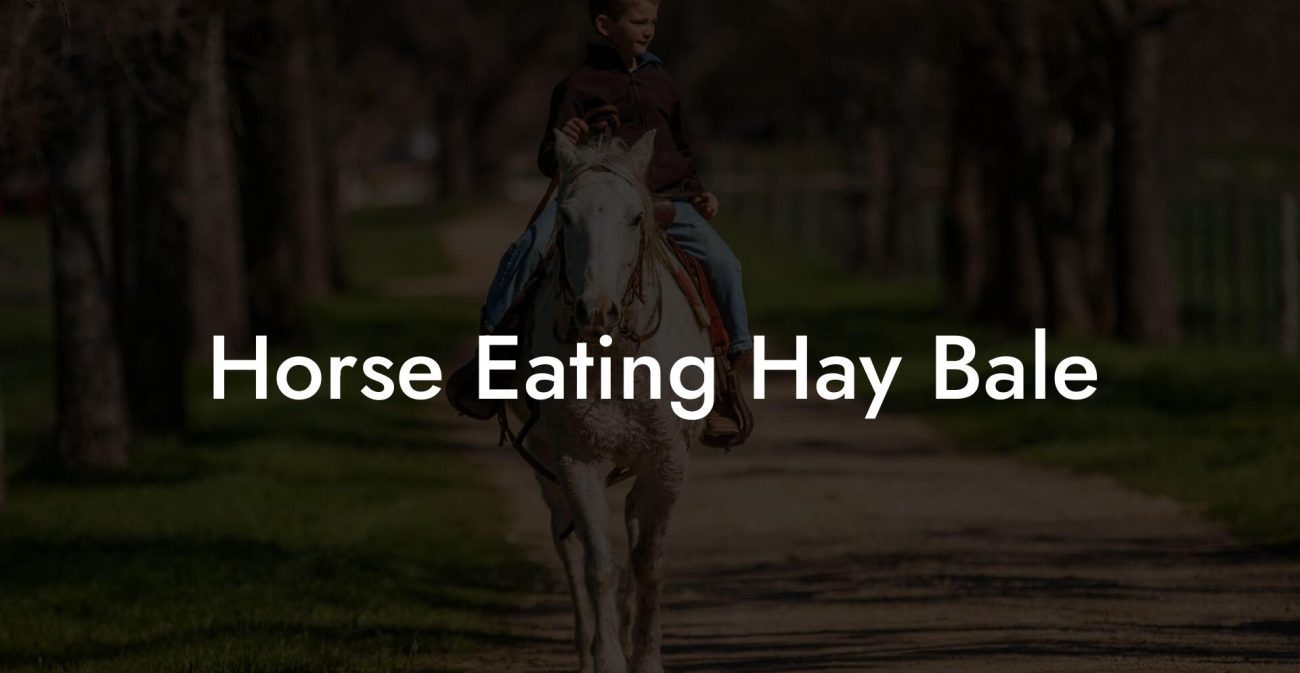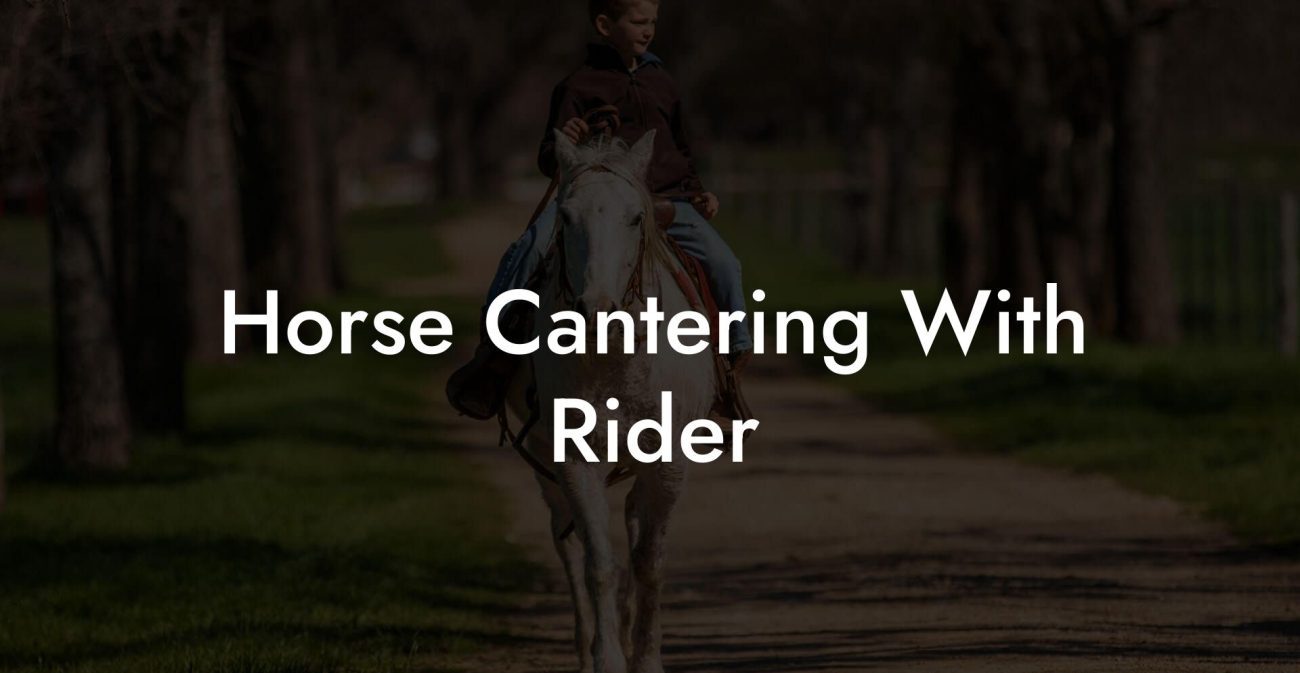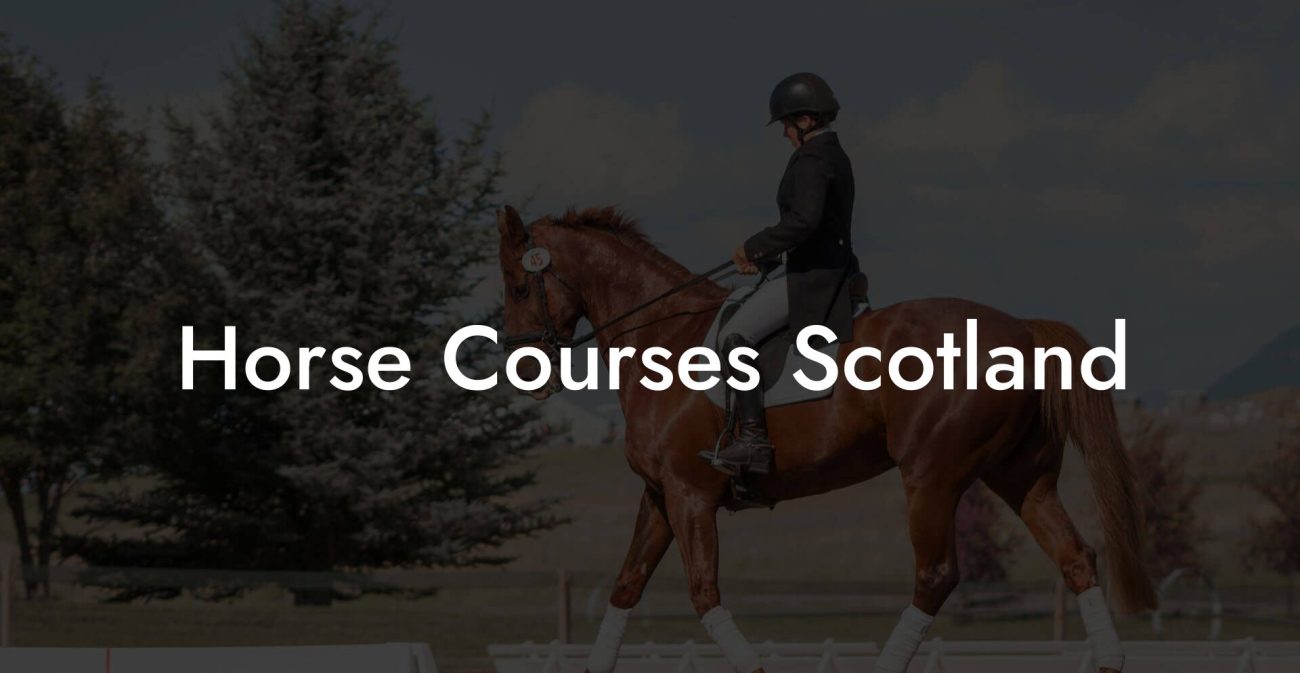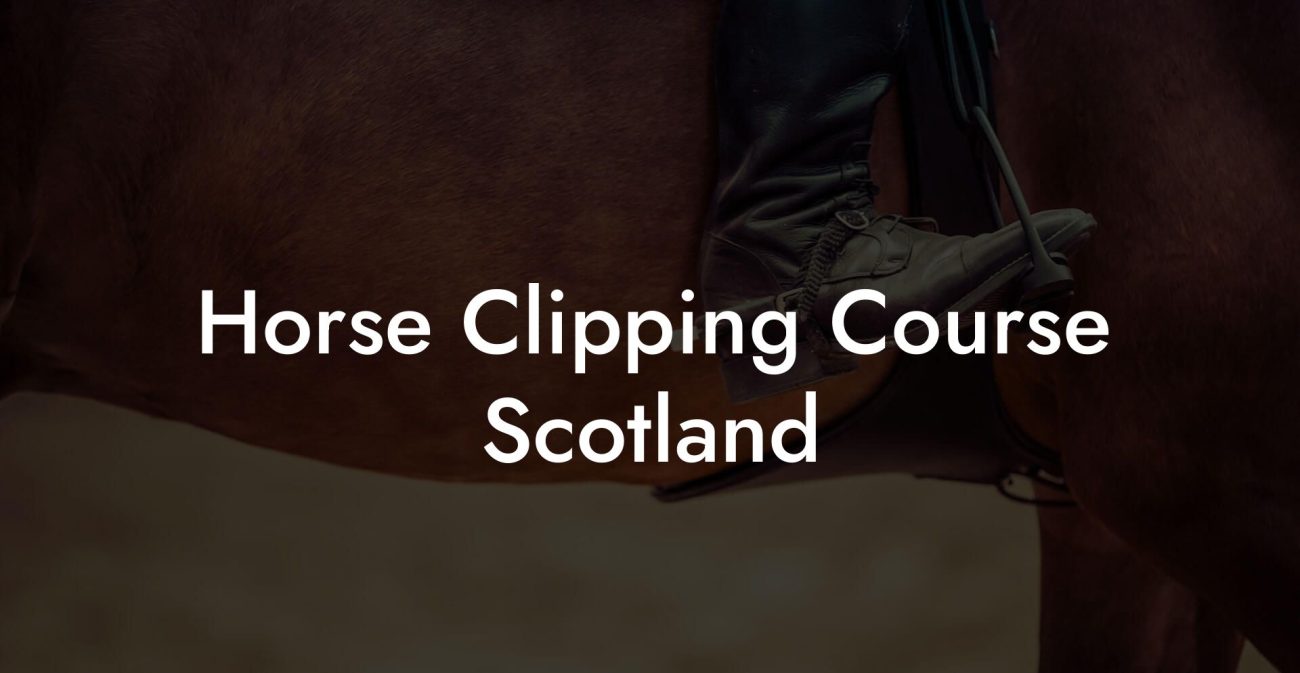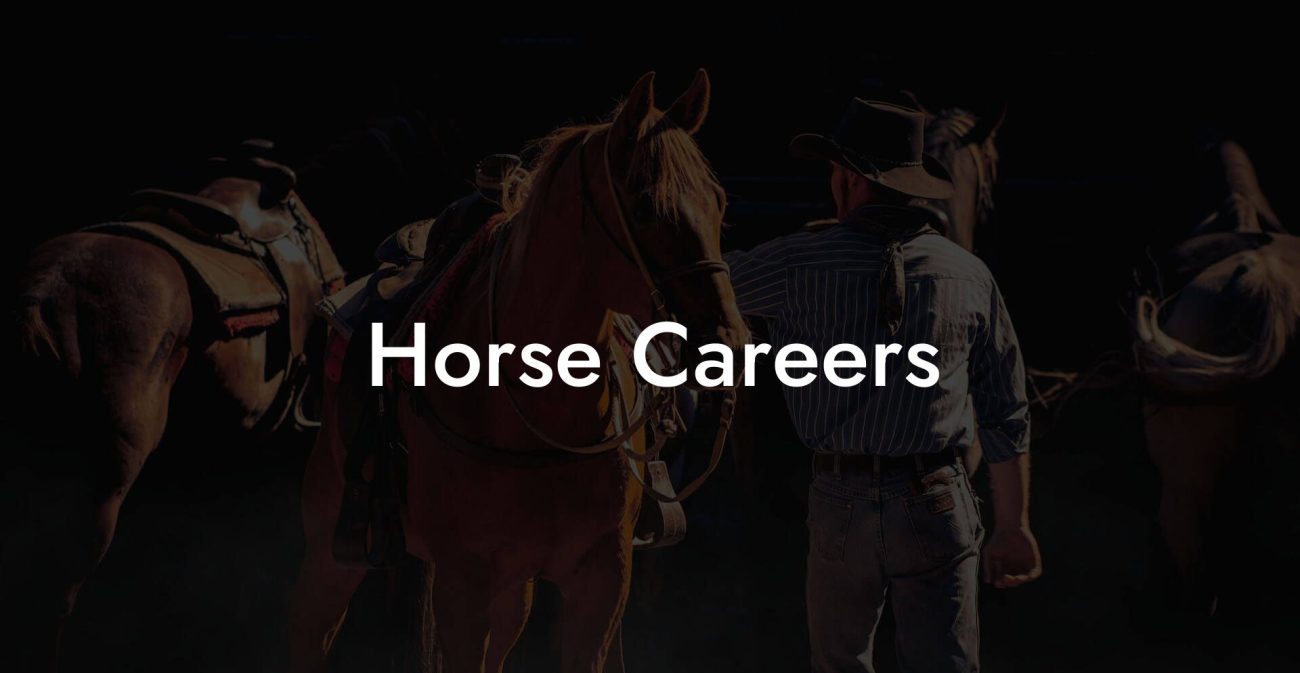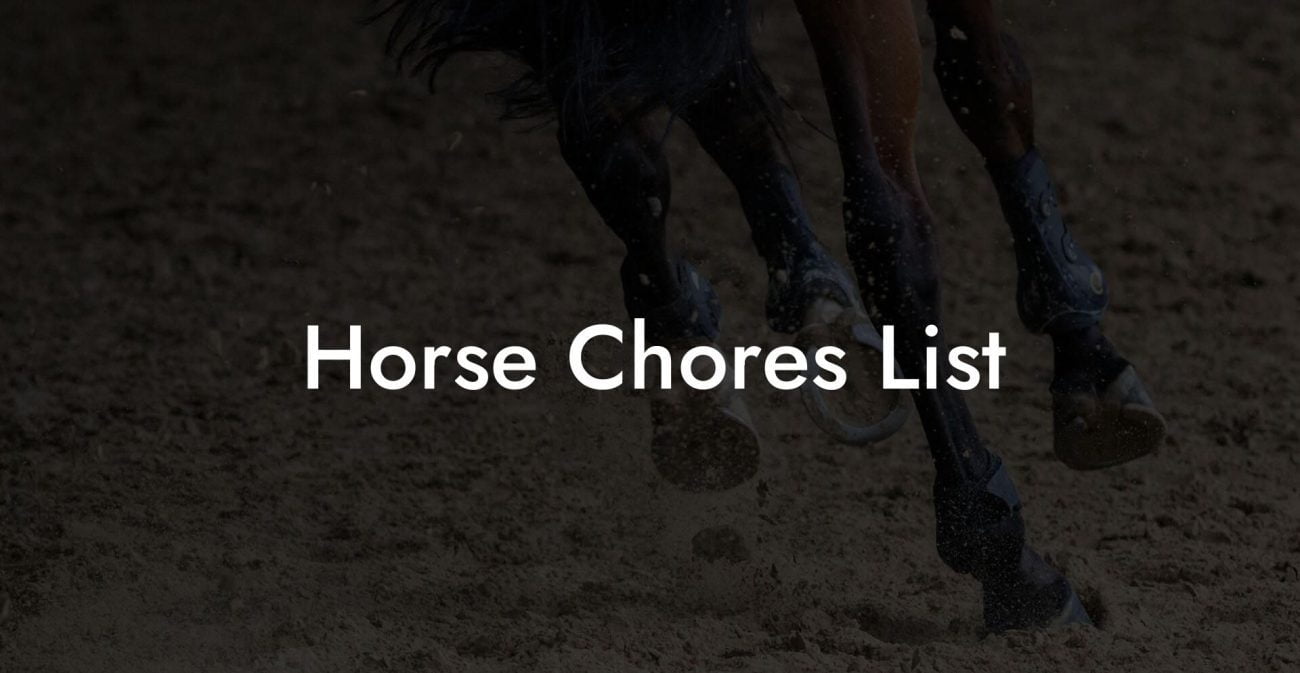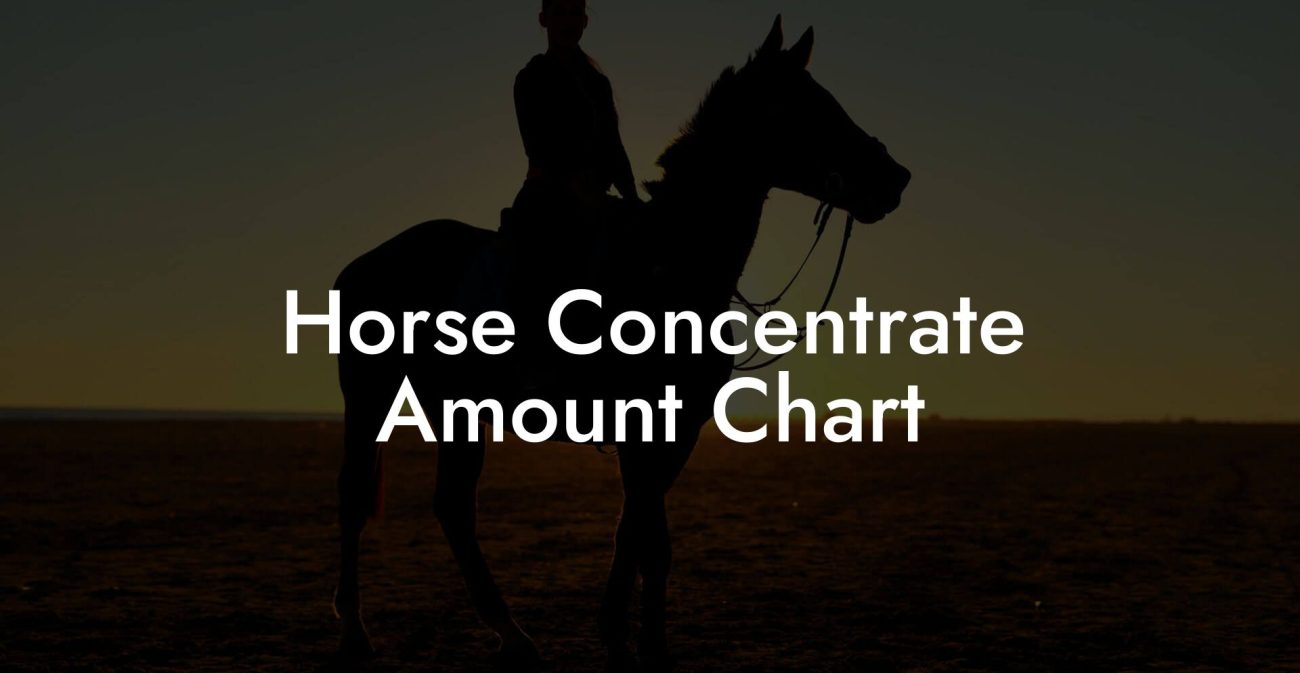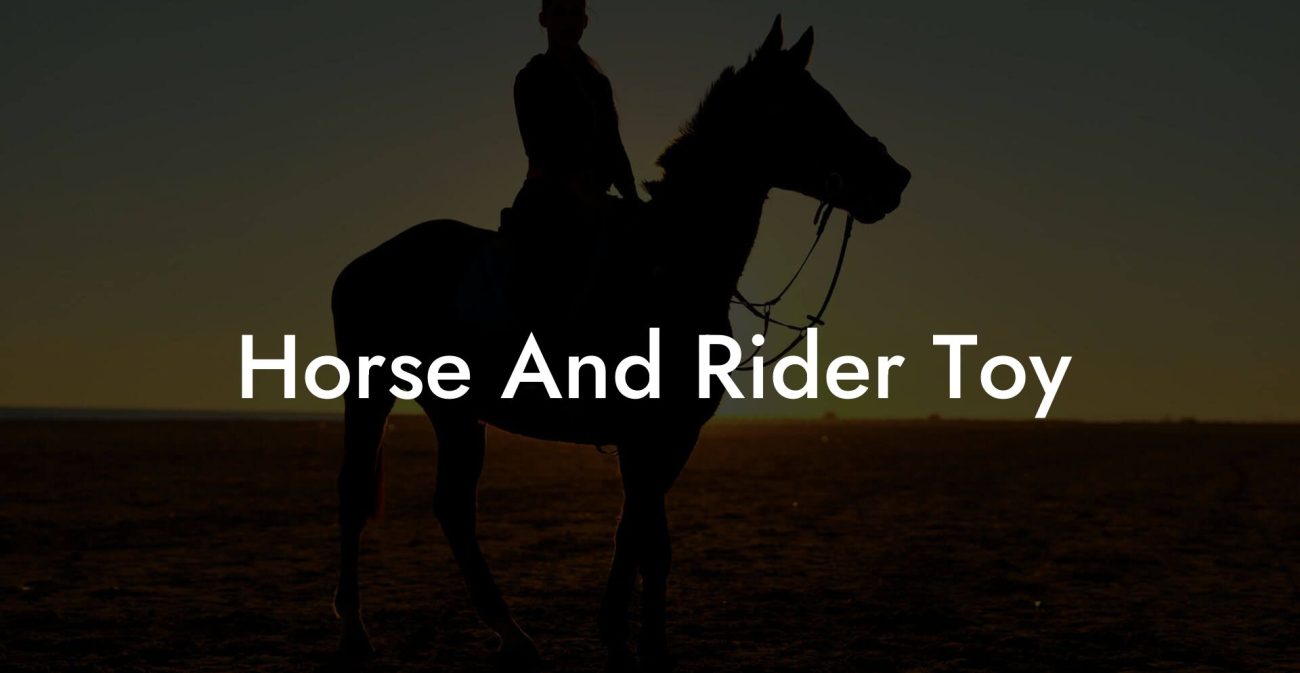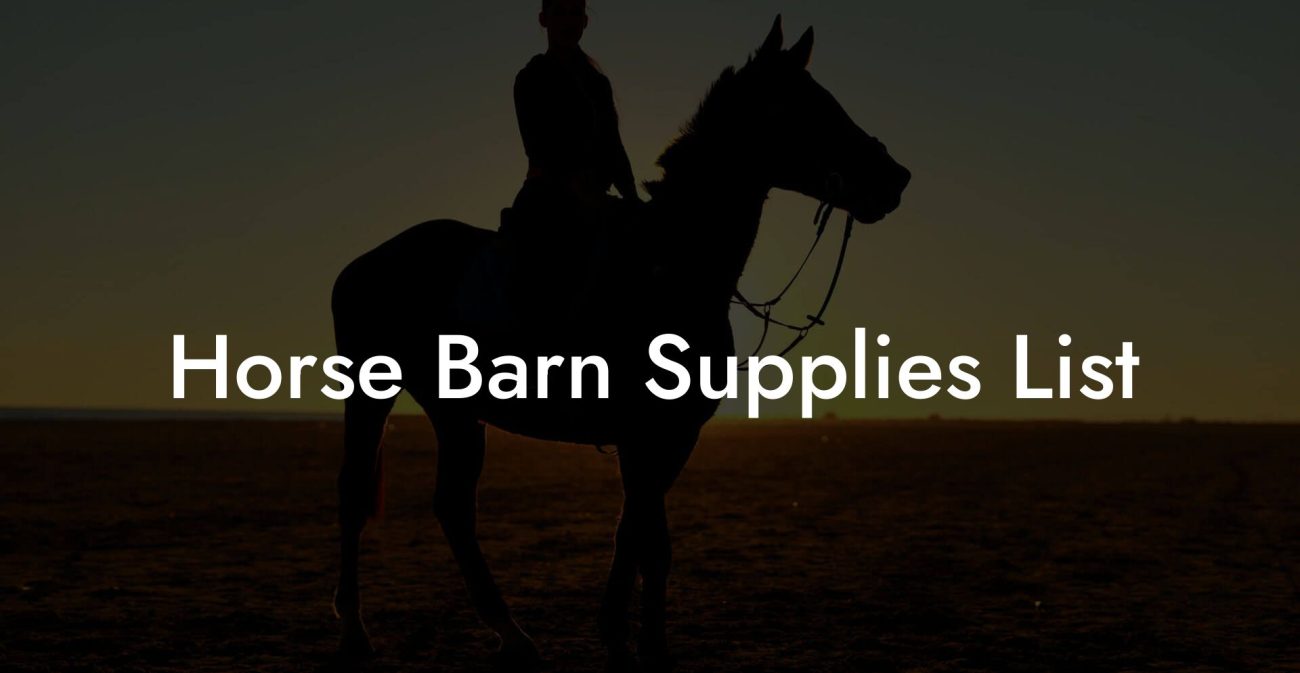Buckle up and get ready to dive into the electrifying world of the horse rider whip, a dynamic accessory that’s as much about style and precision as it is about caring for your magnificent equine partner. This isn’t your grandma’s riding crop; it’s a modern marvel engineered for the millennial and Gen-Z equestrian who craves both performance and personality. Whether you’re perfecting your riding form, maintaining your whip’s pristine condition, or exploring innovative equestrian accessories, this guide is designed to ignite your passion, elevate your riding technique, and help you become the ultimate horse-whip guru.
Quick Links to Useful Sections
- Meet the Hallowed Horse Rider Whip: A Symbol of Equestrian Excellence
- The Evolution of the Horse Rider Whip: Style & Function Through the Ages
- Choosing Your Ultimate Horse Rider Whip: The Modern Equestrian's Guide
- Essential Horse Rider Whip Care & Maintenance Tips
- Using Your Horse Whip Responsibly: Ethics and Modern Techniques
- The Technology and Innovation Behind Today's Horse Whips
- Horse Rider Whip Accessories & Customizations
- Connecting With the Equestrian Community and Influencers
- Resources and Community Support: Your Next Steps
- FAQ: Everything You Need to Know About Horse Rider Whips
- Your Journey Toward Mastering the Art of Horse Care with the Perfect Rider Whip
Meet the Hallowed Horse Rider Whip: A Symbol of Equestrian Excellence
The horse rider whip has evolved from a simple tool into a statement piece, a blend of practicality and high-tech innovation that stands at the crossroads of history and modern equestrian flair. Originally designed as an aid in directing your horse, the whip has transcended its functional roots to become an emblem of authority, precision, and style in the riding world.
Today’s premium whips serve multiple roles. Beyond assisting riders during training sessions and competitive events, they symbolize a deep connection between rider and horse. Whether you are in the arena, on a scenic trail ride, or even exploring the avant-garde world of equestrian art, mastering your whip, and its care, can enhance your overall riding experience.
In our modern era, the gusto of horse whip maintenance goes hand in hand with the sophisticated equestrian lifestyle. By understanding the intricacies of your equipment, you not only boost your performance, but you also cultivate a respect for tradition with a bold, contemporary twist.
The Evolution of the Horse Rider Whip: Style & Function Through the Ages
The history of the horse rider whip is as fascinating as a well-choreographed dressage performance. From ancient cultures where whips were considered a symbol of power and control, to the modern innovations that bring together advanced materials and aerodynamic designs, the evolution of this equestrian tool mirrors the transformation of the sport itself.
In the early days, whips were crafted by skilled artisans who combined leather with hand-forged metal tips, meticulously balancing the need for a firm directive while ensuring the horse’s comfort. Over centuries, the whip morphed into a versatile instrument, transcending its utilitarian origins to become a chic accessory that speaks to both tradition and innovation.
As riding techniques evolved, so did our understanding of horse psychology and biomechanics, a modern rider knows that building mutual trust is paramount. This new insight led to a rethinking of whip use: it’s no longer about exerting control through force, but rather about communication. The contemporary rider whip is a silent yet potent language that, when used responsibly and with a light touch, reinforces the powerful bond between horse and rider.
Today’s models often incorporate synthetic materials, ergonomic designs, and even customizable options, transforming them into high-performance equestrian accessories. These advancements have garnered attention from riders around the globe who are passionate about maintaining a perfect balance of tradition and modernity in their sporting arsenal.
Choosing Your Ultimate Horse Rider Whip: The Modern Equestrian's Guide
In a world overflowing with options, selecting the ideal horse rider whip can feel as intricate as choreographing a perfect arena routine. The process begins with understanding your riding style and the specific needs of both you and your horse. Are you a competitive dressage rider, a trailblazing jumper, or perhaps an all-around equestrian aficionado? The answer to this question will steer your decision toward a whip that is both functional and reflective of your personality.
Key factors to consider when choosing your whip include:
- Material Quality: Premium materials such as high-grade leather, durable synthetics, or innovative composites can make all the difference in performance and longevity.
- Handle Design: Ergonomically designed handles provide a comfortable grip during extended rides, reducing hand fatigue and enhancing control.
- Length and Weight: The ideal whip strikes a balance between reach and maneuverability, ensuring that your signals are both precise and gentle.
- Customization Options: Many modern manufacturers allow for personalization, from engraving to color choices, to ensure that your whip is as unique as your riding style.
- Ethical Manufacturing: For the conscious rider, understanding the source and production practices behind your whip can align your equipment with eco-friendly and animal-friendly ethics.
When shopping for your perfect horse rider whip, don’t shy away from asking questions. Engage with retailers and fellow riders who are passionate about their gear, and explore online reviews and forums that provide insights into performance, durability, and maintenance.
Remember, your whip is more than a tool, it’s a manifestation of your commitment to both style and the wellbeing of your equine partner. Investing time in making the right choice pays dividends in ride quality, relationship building, and personal satisfaction.
Essential Horse Rider Whip Care & Maintenance Tips
Owning a horse rider whip isn’t just about showcasing your equestrian prowess; it’s also about embracing a stewardship that preserves your equipment for years to come. Caring for your whip is akin to caring for a vintage bike or a prized guitar, diligence, regular maintenance, and a bit of TLC keep it in top shape. From cleaning to storage, these tips ensure that your whip remains both visually stunning and functionally impeccable.
1. Regular Cleaning: Dust, sweat, and residue from outdoor rides can accumulate on your whip over time. Use a soft cloth dampened with a mixture of water and mild, non-abrasive soap to gently wipe the surface. Avoid harsh chemicals that could degrade the material.
2. Conditioning Leather: If your whip is made of leather, periodic conditioning is essential for keeping it supple and avoiding cracks. Invest in a high-quality leather conditioner and apply it as per product instructions. This not only safeguards the whip’s longevity but also maintains its elegant sheen.
3. Storage Solutions: When not in use, store your whip in a cool, dry place away from direct sunlight. A dedicated storage case or wall-mounted display can protect it from dust and accidental damage while adding a chic touch to your stables or dressing room.
4. Inspecting for Wear: Regularly examine your whip for signs of wear or fraying. Pay special attention to the handle and the whip’s tip, as these areas experience the most stress. Early detection of damage allows for timely repairs before the issue escalates.
5. Professional Repairs: For significant wear or if you’re unsure about a DIY fix, seek out professionals skilled in equestrian equipment repair. Sometimes, a quick trip to a trusted leather specialist or equestrian gear technician can save you from costly replacements in the future.
6. Smart Use and Avoidance: Use your whip responsibly. Excessive or improper use can wear out the materials prematurely. Learn the nuances of timing, precision, and controlled motion, this not only protects your investment but also ensures respectful treatment of your horse.
By following these maintenance tips, you reinforce a long-lasting relationship with your horse rider whip and ensure it continues to perform at its peak. Whether you’re out in the arena or taking a leisurely countryside ride, consistent care converts your gear into a trustworthy companion on every adventure.
Using Your Horse Whip Responsibly: Ethics and Modern Techniques
In the realm of modern equestrian sports, ethical whip use isn’t just a guideline, it’s a way of life. As more riders embrace humane and respectful training methods, the role of the horse whip has also evolved. Far from being a symbol of outdated control, the contemporary whip is an instrument of clear and gentle communication.
A responsible rider understands that a light, well-timed flick of the wrist can convey a message more effectively than brute force ever could. Here are some pointers for using your whip in a way that aligns with both best practices and a compassionate approach:
- Gentle Cues: Think of your whip as an extension of your arm. It should be used to guide and encourage, not to punish. The objective is to subtly direct your horse’s attention or reinforce a signal, rather than to inflict pain.
- Proper Technique: Practice makes perfect. Take the time to master the correct form, focusing on smooth, controlled movements. Many equestrian training schools and online tutorials offer modern techniques that elevate your whip use to an art form.
- Context Matters: Consider the setting and the mood of your ride. In competitive environments, your whip may serve as part of a well-rehearsed routine, while in leisure riding, the emphasis should be on mutual trust and gentle communication.
- Ongoing Education: Stay updated on the latest equestrian ethics and guidelines. Renowned equestrian organizations routinely publish best practices for whip use that align with animal welfare standards.
Integrating these ethical guidelines into your riding repertoire not only improves your connection with your horse but also enhances the reputation of the modern equestrian community. Your whip becomes a tool for empowerment, the means to elevate your riding while respecting the wellbeing of your steed.
The Technology and Innovation Behind Today's Horse Whips
Technology isn’t just for smartphones and sleek laptops, it has made a dramatic impact on equestrian equipment too. Today’s horse whips are a far cry from their rudimentary ancestors. Manufacturers are constantly pushing the boundaries by incorporating cutting-edge materials and design philosophies that balance durability, aesthetics, and performance.
Many high-end whips now feature components crafted from advanced polymers and high-tensile fibers, which not only lighten the whip's overall weight but also enhance its resilience during rigorous training sessions. In addition to materials, designers are integrating ergonomic features such as contoured handles and vibration-dampening structures to reduce rider fatigue and improve grip stability.
Smart technology has even found its way into the equestrian realm: some whips now come embellished with sensor technology and Bluetooth connectivity, enabling riders to track usage patterns, monitor upkeep, and even receive feedback on their whipping technique. These innovations underscore the contemporary rider’s demand for precision, sustainability, and accountability.
Innovations like these ensure that your horse rider whip remains not only an essential functional accessory but also a reflection of modern engineering brilliance. The fusion of classic techniques with modern tech can transform your riding experience, making every gesture more accurate and every ride more enjoyable.
Horse Rider Whip Accessories & Customizations
Just as no two horses are the same, each rider’s style is unique, and so is their preference for customizing accessories. Horse rider whip customizations have become a burgeoning trend among the modern equestrian crowd, allowing you to express your individuality while optimizing performance. Think of your whip as a canvas for creativity!
Popular customization options include:
- Personalized Engravings: Whether it’s your initials, a lucky charm symbol, or an inspiring quote, custom engravings add a personal touch that sets your whip apart.
- Color Variations: From bold neons to classic earth tones, choosing a color that reflects your style can turn your whip into an eye-catching accessory that complements your riding attire.
- Interchangeable Components: Some modern designs allow for the swapping of handles or tips, letting you tailor the whip’s feel and performance to the specific needs of each ride.
- Smart Add-ons: In line with the tech trends, there are add-ons that incorporate sensors or LED accents, providing both aesthetic appeal and functional benefits like usage tracking.
The world of equestrian accessories is as vibrant and diverse as the riders themselves. Embracing customized options not only makes a fashion statement but also underscores your commitment to quality and innovation. So whether you’re gearing up for high-stakes competition or a leisurely countryside ride, a personalized whip signals both style and substance.
Remember, while aesthetics are important, every modification should enhance functionality. After all, a striking design is only as good as its performance under pressure.
Connecting With the Equestrian Community and Influencers
One of the most invigorating aspects of the modern equestrian lifestyle is the sense of community that comes with it. Social media platforms, online forums, and local riding clubs provide invaluable spaces for sharing experiences, tips, and the latest trends in horse rider whip care and overall equestrian culture.
Engage with influencers who are revolutionizing the sport by blending technical expertise with creative flair. Many top riders are active on Instagram, TikTok, and YouTube, showcasing everything from whipping techniques and maintenance tips to behind-the-scenes looks at their custom gear. Tuning into these channels can offer fresh insights and inspire you to experiment with new approaches in your training routines.
Additionally, attending equestrian events, workshops, and trade shows can connect you with like-minded enthusiasts who are as passionate about ethical riding and modern equipment as you are. These gatherings are not only a treasure trove of information but also a platform for inspiring collaborations and lifelong friendships.
Digital communities, ranging from specialized online forums to lively Facebook groups, offer a space where riders exchange advice on everything from the best leather conditioners to cutting-edge whip designs. Embracing these interactions enriches your riding journey by opening your eyes to trends, innovations, and best practices while forging a robust support network.
In a world where community matters, your network of equestrian friends and experts can become your greatest asset. Through shared wisdom, mutual encouragement, and collective creativity, you transform every ride into an adventure rich with opportunities to learn and grow.
Resources and Community Support: Your Next Steps
As you venture deeper into the realm of horse rider whips and modern equestrian care, tapping into reliable resources is key to success. There are a myriad of online platforms, blogs, social media groups, and expert-led webinars waiting for you. These hubs offer advice on whip care, the latest equipment reviews, and even discussions centered around ethical training methods.
To get started, consider subscribing to leading equestrian magazines and blogs that offer in-depth reviews and tutorials. Platforms like YouTube are bursting with instructional content on whip maintenance, customization, and innovative riding techniques. Don’t overlook local equestrian centers and riding clubs either, hands-on workshops often provide personalized consultations and allow you to network with professionals.
In addition, many reputable equestrian retailers maintain active online communities where you can ask questions, share experiences, and even score exclusive deals. Connecting with these communities not only enhances your technical know-how but also deepens your passion for the sport.
Whether you are an amateur enthusiast or a seasoned competitor, these resources and community support channels can guide you in making informed decisions that impact everything from gear selection to training strategies. Embrace these avenues with an open mind and a spirit of adventure, you’re about to revolutionize your ride and elevate your connection with both your whip and your horse.
FAQ: Everything You Need to Know About Horse Rider Whips
Below are some frequently asked questions about horse rider whips, designed to clear up common doubts and provide insights into the art and science of whip care, customization, and ethical riding techniques.
1. What factors should I consider when choosing a horse rider whip?
The ideal whip should balance premium material quality, ergonomic design, and the right length/weight for your riding style. Consider options that offer customization features and are produced ethically to match modern equestrian standards.
2. How frequently should I clean and condition my whip?
Regular cleaning after each use is recommended. For leather whips, condition them every few months, depending on usage, to prevent cracking and preserve suppleness. Synthetic whips may require less maintenance but should still be cleaned regularly.
3. What are the best practices for responsible whip use?
Use the whip as a communication tool rather than a means of punishment. Focus on precise, gentle cues and adhere to modern ethical guidelines to reinforce trust and respect between you and your horse.
4. Can I customize my horse rider whip to reflect my personal style?
Absolutely! Many manufacturers offer personalization options such as engraving, custom color choices, and interchangeable components, allowing you to design a whip that is both functional and uniquely yours.
5. How do modern materials improve the performance of horse rider whips?
Advances in material science have led to lightweight, durable components that enhance durability, reduce fatigue, and even allow for integrated smart technologies that help monitor whip usage and performance.
6. Where can I find reliable resources and communities for equestrian gear updates?
Look for reputable equestrian websites, follow influential riders on social media platforms like Instagram and TikTok, and join online forums and local riding clubs that offer expert reviews and maintenance tips.
7. Is it necessary to seek professional help for whip repairs?
Yes, if you notice significant wear or damage on your whip, professional repair services can prevent further deterioration and extend the lifespan of your prized accessory.
8. How does ethical whip use contribute to overall horse care?
Ethical whip use is a cornerstone of modern equestrian practice. By using the whip as a gentle communication tool rather than a punitive instrument, you uphold the principles of trust, respect, and responsible care for your horse.
9. What is the role of smart technology in the evolution of the horse rider whip?
Smart technology has introduced features like sensor integration and Bluetooth connectivity that track usage data and provide real-time feedback, helping riders refine their techniques and maintain optimal whip care.
10. Can I practice whip techniques at home?
Yes, many equestrian professionals recommend practicing whip techniques in safe, controlled environments such as an empty arena or training session to build precision and confidence before riding in competitive or public settings.
Your Journey Toward Mastering the Art of Horse Care with the Perfect Rider Whip
The path to equestrian mastery is paved with passion, perseverance, and an uncompromising commitment to quality, both in your riding and in the tools you trust. By embracing the art and science of horse rider whips, you’re not only fine-tuning your technique, but you are also contributing to a broader, more compassionate way of riding. Your whip becomes an extension of your philosophy: one that balances performance with care, precision with empathy.
With every swing, every practiced flick, and every mindful approach to maintenance, you’re forging a bond with your equine partner that is rooted in trust and mutual respect. Equip yourself with knowledge, experiment boldly with innovative designs, and honor the traditions that have shaped equestrian art for centuries, all while proudly making your mark in a modern, ethical world.
As you continue your journey, remember that every ride is a chapter in your unique equestrian story. Celebrate your milestones, chat with fellow enthusiasts, and never stop exploring the endless ways to elevate your skills and your gear. The perfect horse rider whip isn’t just about control, it’s about forging a connection and inspiring a lifestyle where technology meets tradition, and care meets performance.
Embrace this adventure as both an art form and a call to responsible, inspired horse care. Your journey to mastering the art of modern equestrianism with the perfect rider whip has only just begun. Ride with passion, maintain with precision, and lead with heart.

